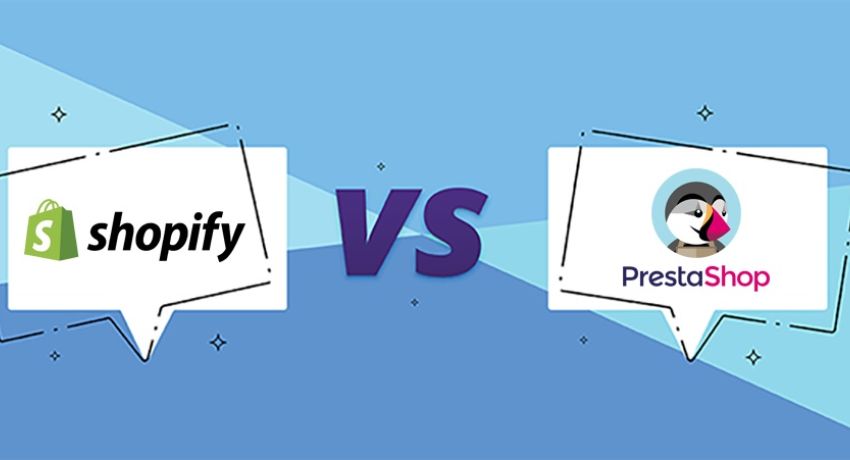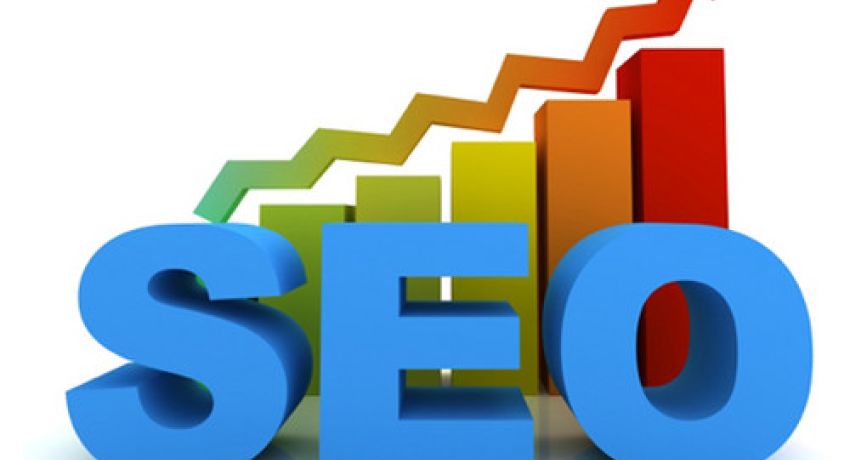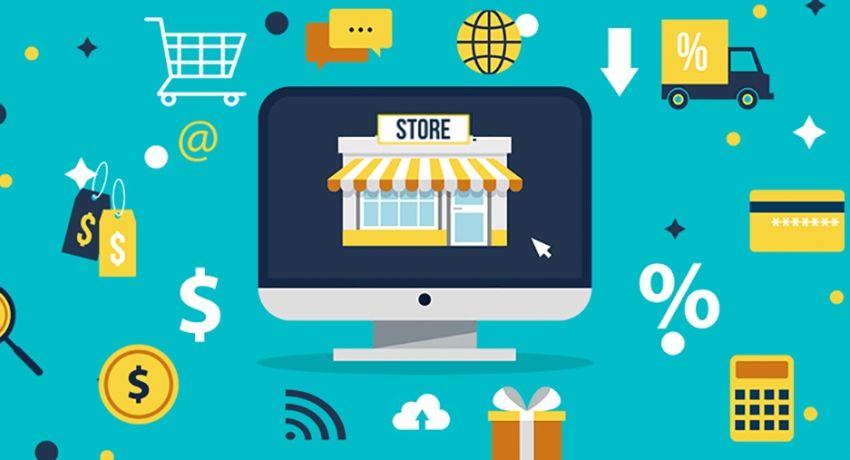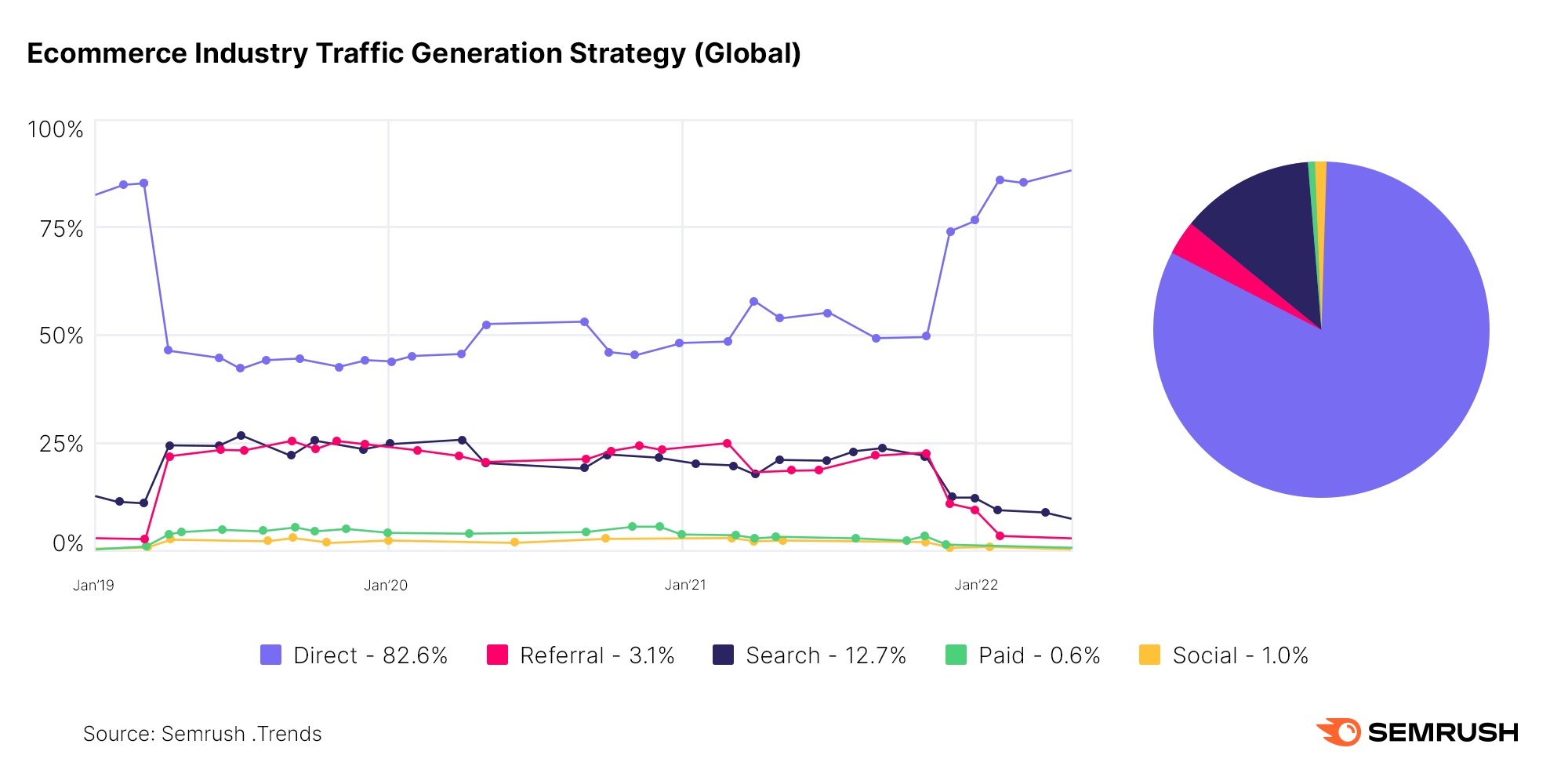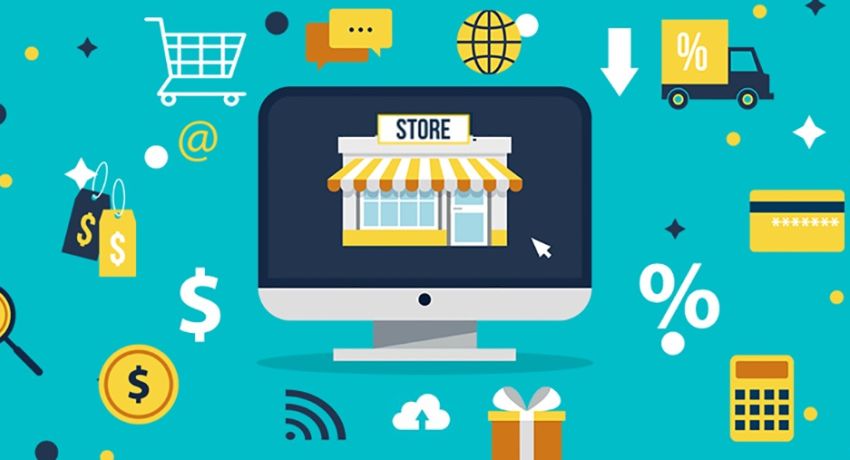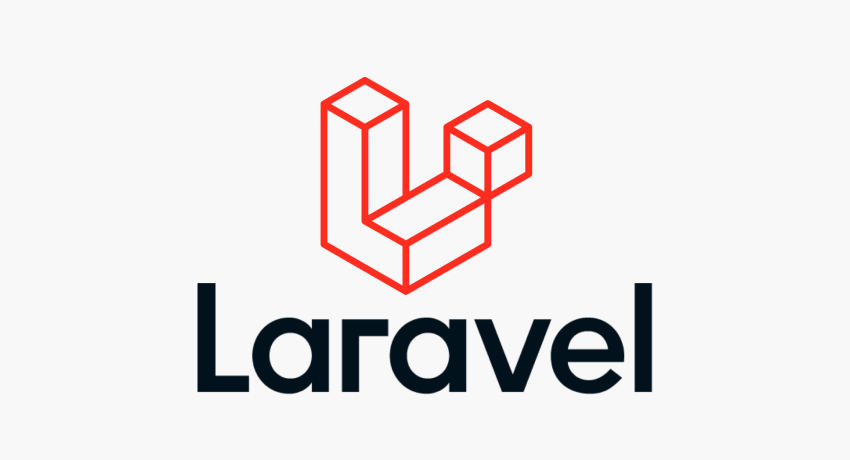Shopify overview
In 2006, the Canadian ecommerce SaaS platform Shopify was launched.
In June 2009, it released an API to allow for the addition of applications and an app store to sell them.
The advantage of SaaS solutions is the speed with which you can create an online shop without real technical know-how. However, customization is limited and expensive.
Introducing PrestaShop

